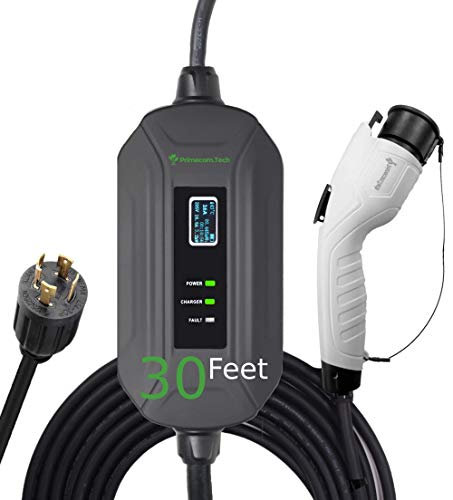miimura said:
If you drive the car every day or leave it parked for max 2-3 consecutive days, you won't see the problem and the factory battery will last the normal 4-5 years for a starter battery. However, if you regularly leave it parked for a week at a time, the factory battery will only last 2-3 years. This is why people have been recommending deep cycle batteries and higher capacity batteries. I still can't figure out why Toyota put the smaller Group 35 battery in from the factory when the ICE variants like the V6 uses the 24F. Maybe they were stuck in the ICE thinking and the EV doesn't need the cranking amps of the 24F.
Now I've done it. Between COVID and my wife's semi-retired work schedule, she has been letting it sit for 4-5 days at a time intermittently. A couple of days ago, the car wouldn't power up all the way and wouldn't go into gear when she tried to go to work. When I got home, The battery read 11.97v. I disconnected the battery, put it on the tender and let it charge for for several hours. It got up to 12.6, so I reconnected and the car gave the same symptoms. Plugging in the J1772, and trying to charge worked, and the charging system started putting out a higher voltage. I disconnected the J1772, and the car seemed happy to power up and go into gear. I left the tender on it that night, and the resting voltage made it up to 12.6v. She drove it to work that day.
So the upshot is that the new group 35 Interstate battery I put in in Dec 2019, is barely holding a charge, reading 12.1v shortly after being driven for a time. Replacing it is a given, but with what? I either need to replace it with something that will handle the new driving pattern, which isn't going to change, or I need to plug it into the tender every night. I don't mind spending some money on a solution, as long as it lasts and protects my RAV.













